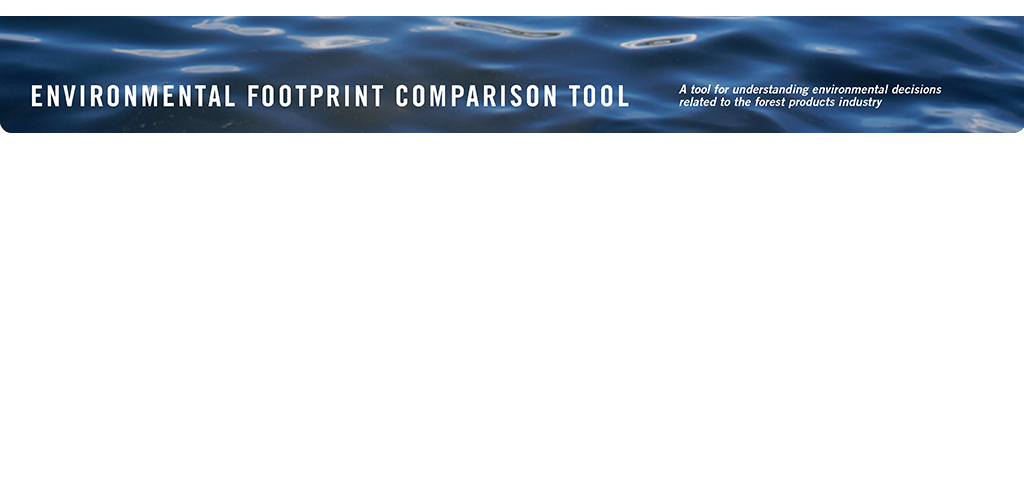
When water is reused extensively, the effects on use and discharge of chlorine-containing compounds
will depend on how and where water is being reused.
Chlorides, which can cause corrosion problems, tend to concentrate when water is reused. Therefore,
mills pursuing aggressive water reuse programs may find that it is helpful to reduce the use of chlorinecontaining
compounds. In cases such as these, however, the reduction in water use itself does not
actually facilitate a reduction in use of chlorine-containing chemicals so it would not be a considered a cobenefit
in this context. The inverse relationship (i.e., the effects of reducing chlorinated organic chemical
use on water reuse) does involve co-benefits, which are explored in the section Effects of Decreased Release of Chlorinated Compounds on Water Use.
There are two areas worth noting where increasing water reuse might directly affect chlorinated chemical
use. First, increased water reuse, especially around the paper machine, for instance, can increase the
need for biocides, which may contain chlorinated chemicals. Second, if water use is reduced by reducing
the amount of washing accomplished in the bleach plant, the demand for bleaching chemicals may
increase and some of these chemicals may be chlorinated.
More information on the interaction between chlorine-containing chemicals and water use is available at the link to the right.

More information:
Pulp washing and bleach chemical consumption
- ENERGY
- GREENHOUSE GASES
- CHLORINATED COMPOUNDS
- WOOD USE
- ODOR
- EMISSIONS TO AIR
- DISCHARGE TO WATER
- SOLID WASTE
- Lowgrid12
- Lowgrid14
- Lowgrid15
- Lowgrid18
- Lowgrid19
- Lowgrid23
- Lowgrid24
- Lowgrid25
- Lowgrid26
- Lowgrid28
- Lowgrid28
- Lowgrid28
- Lowgrid29
- Lowgrid29
- Lowgrid29
- Lowgrid32
- Lowgrid33
- Lowgrid35
- Lowgrid35
- Lowgrid36
